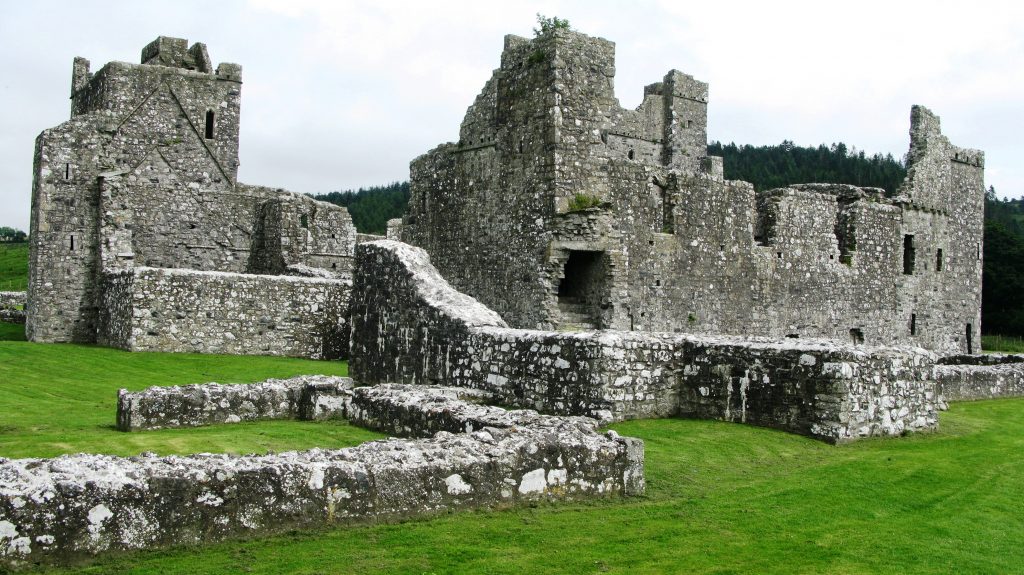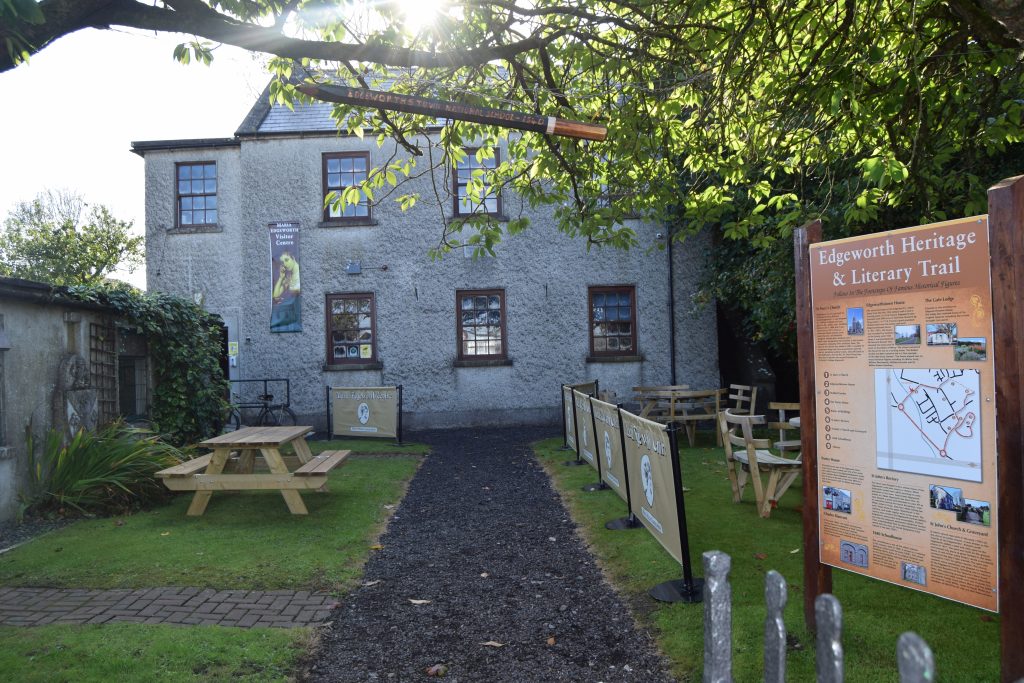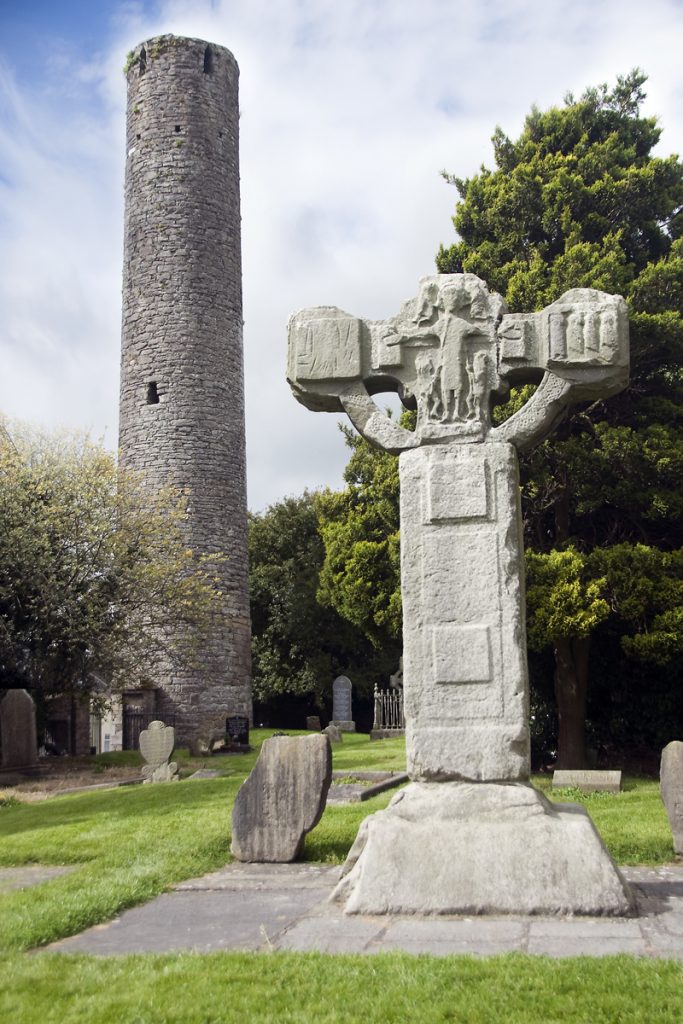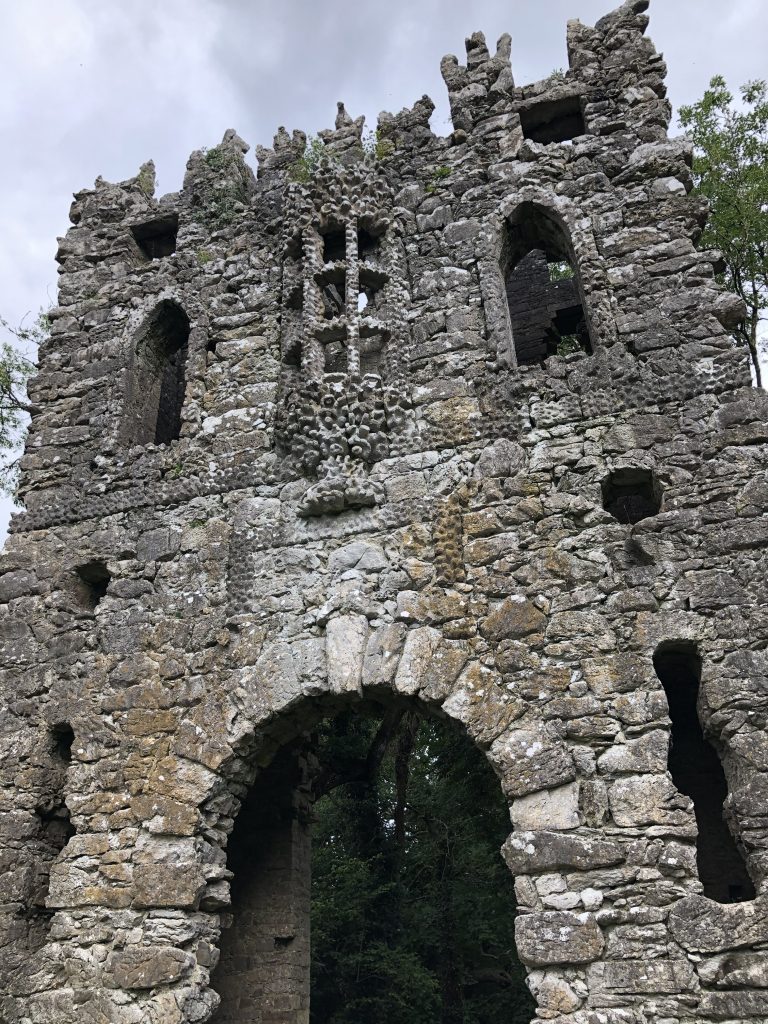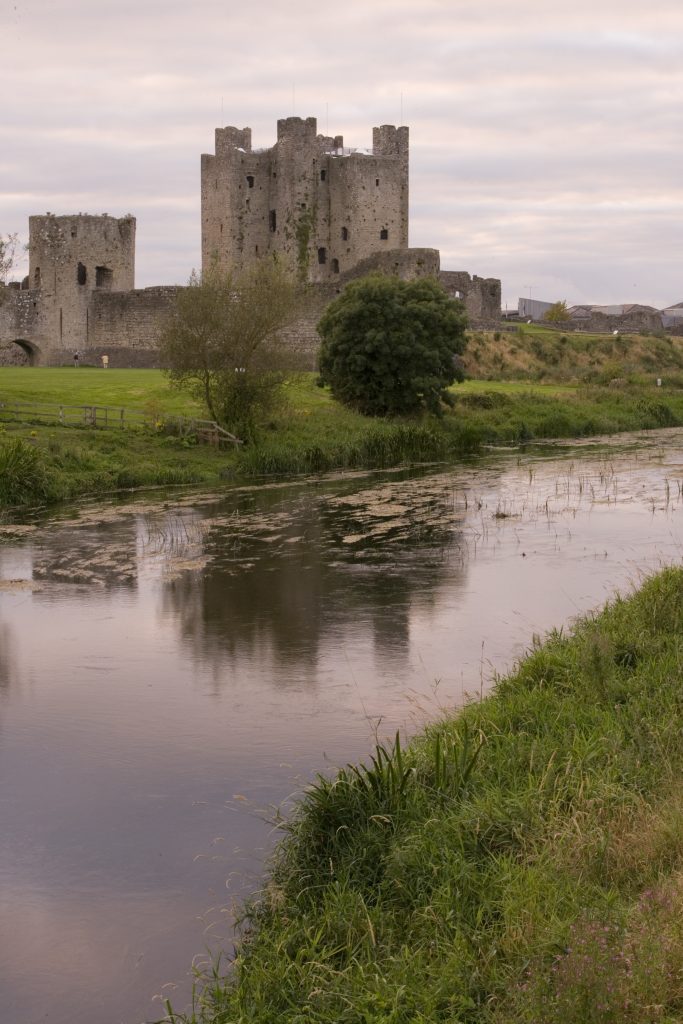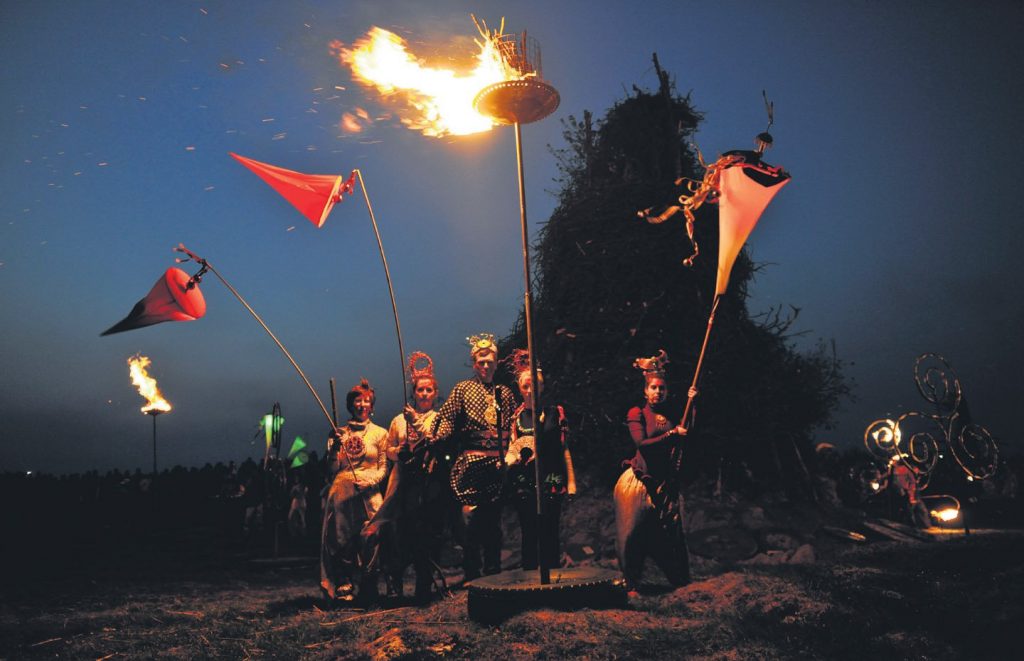Tullynally is set among the beautiful limestone hills and lakes of North Westmeath, almost in the centre of Ireland – and is easily accessible from Dublin or the West.There are plenty of exciting places to explore en route, but better still, take time off to explore this magical landscape and read the layers the history visible everywhere.
Westmeath has attracted settlers from Neolithic times and was once part of Ireland’s powerful middle kingdom, Midhe, ruled for 600 years by the O’Neills who had their stronghold on Cro-Inish, near Mullingar..
From the 12th century, it was part of Meath, under the Norman Pale but in the 15th century, western Meath was abandoned to “Irish rebels” becoming literally “Beyond the Pale.” There are ruins of Norman castles and abbeys everywhere, and the crumbling mansions and lost demesnes of later settlers, many of whom laid out model towns and villages.
CASTLEPOLLARD, Tullynally’s nearest town, was laid out by the Pollards who arrived in Elizabethan times. Its name in Irish is Baile na Gros – Town of the Crossroads and there are roads to explore from here in all directions. Read below to see where they might lead.
FORE of the 7 WONDERS
This tiny village was once a fortified town and you can still see the two town gates. The 7 wonders ( or miracles) are attributed to St Fechin who settled here in the 7th century AD, and the oldest building is his small stone chapel on the right – one of his miracles was to raise single handed the giant stone above its door. Across the road is the 13th century Benedictine monastery, which once held up to 300 monks. From the 14th century, it was often under attack, and there are defensive arrow slits in the towers and a stone for sharpening swords in the central cloister. Follow the looped walk from the gatehouse to the hill opposite and then back to the village for a drink in the cosy Seven Wonders bar. Or climb to the top of the BEN (or hill) of Fore. On a clear day, you can see 13 lakes.
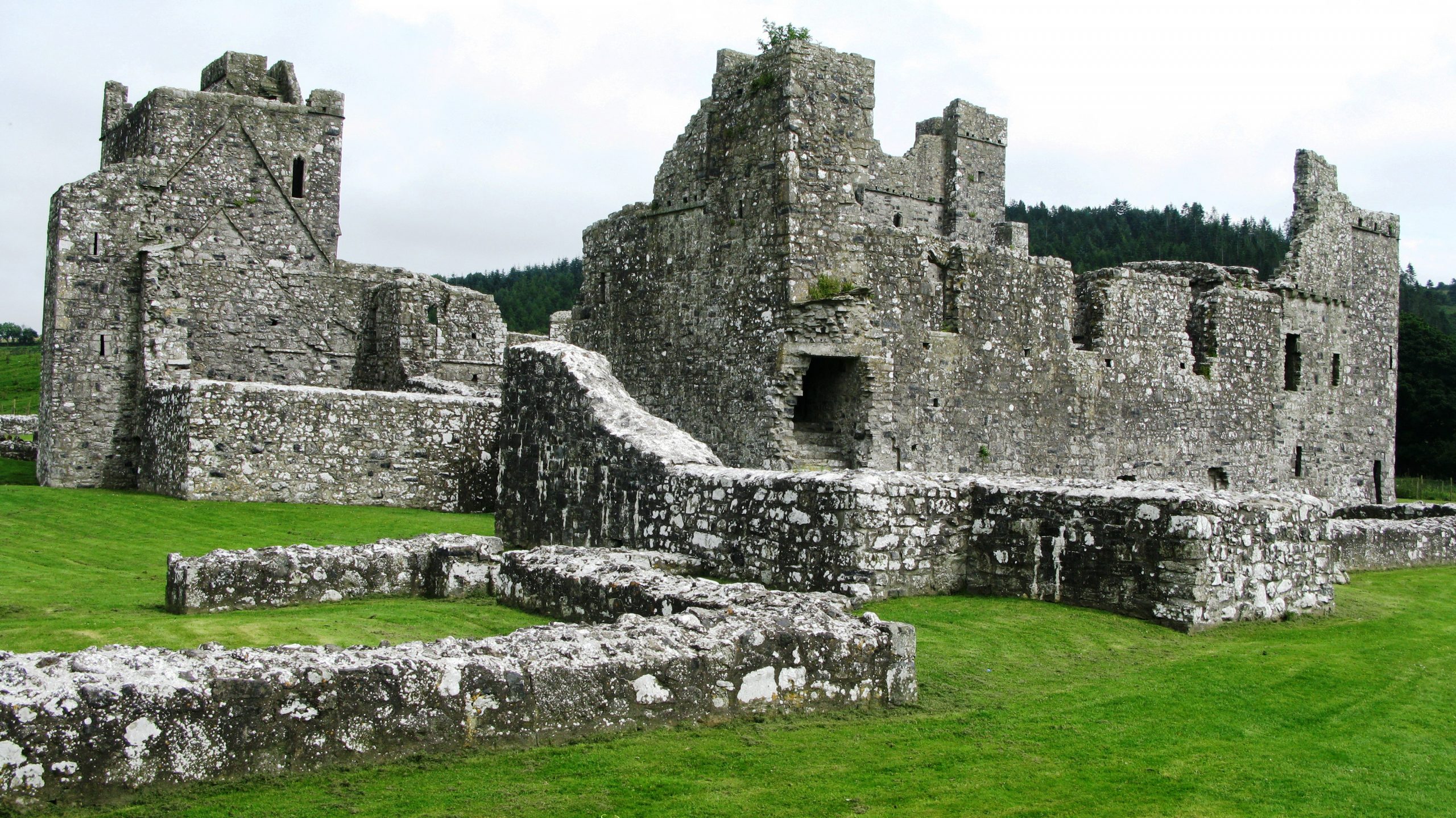
Lough Crew Hills
(in Irish, Slieve na Callaigh , the Hill of the Witch). They are crowned by a remarkable string of passage graves, dating from 3,500 BC. Unlike their larger Neolithic sister at Newgrange, these are angled to catch the sun at the autumn and spring solstice and there is usually a local festival at those times. Climb to Cairn I to see the famous Equinox stone.
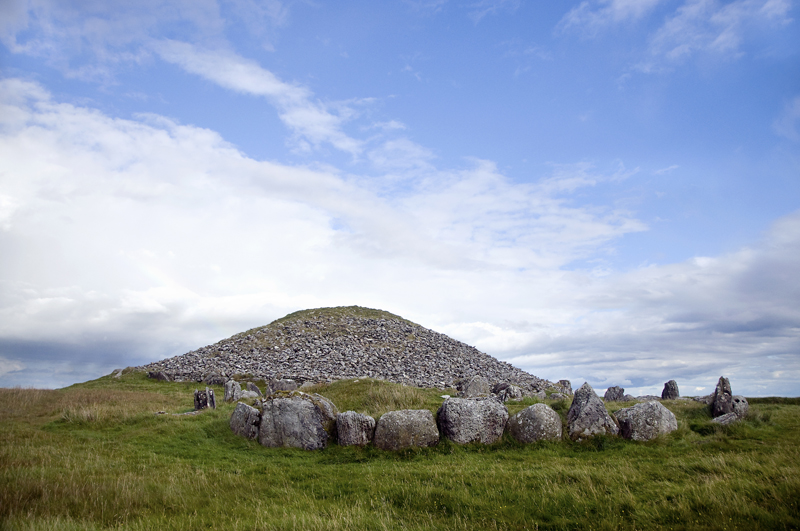
Lough Crew 17th Century Gardens
on the Lough Crew estate are a delightful destination for a visit, and have a fairy trail for small children. The café here offers excellent refreshments.
Kells
The ancient monastic town founded in the 6th century by St Columcille. It was once home to the famous book of Kells now on display in Trinity College library in Dublin, and there is a replica in the local tourist office. Head for St Columba’s church at the top of the town to see an early monastic cell and the 8th century High crosses used to teach the novice monks scripture – sadly defaced by Cromwell’s soldiers in the 17th century. The adjoining Round Tower has windows high up to watch for enemies approaching from all sides. The town has several good restaurants and a 5 star hotel and there is easy access to Dublin by the M3.
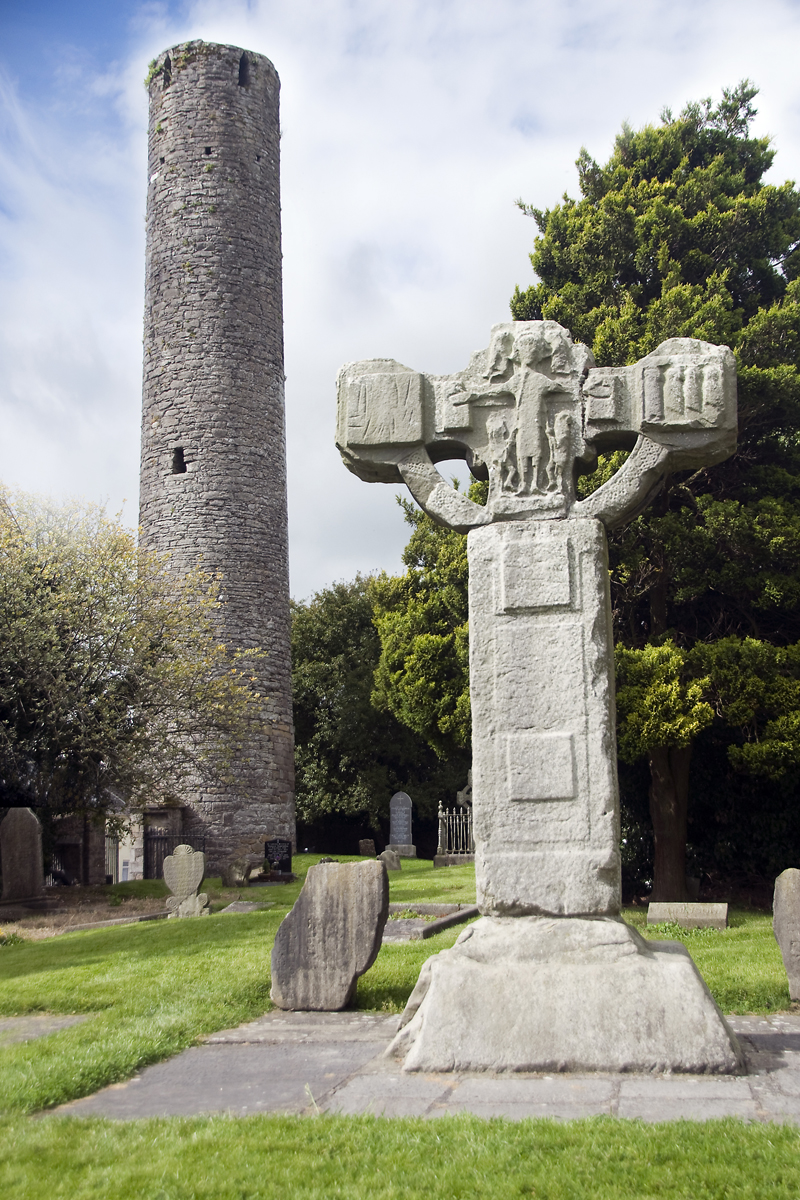
Trim
Once a stronghold of the Norman Pale, this medieval town has 5 ruined abbeys and a magnificent castle overlooking the Boyne. It was built by Hugh de Lacy, the Norman overlord of Meath, who stuffed it with ingenious devices for killing enemies. In the 1990s it was partly restored as a filmset for Braveheart, starring Mel Gibson and there are now excellent tours available in summer. You can lunch in a hotel overlooking the castle walls or picnic on the grassy banks beside the Boyne.
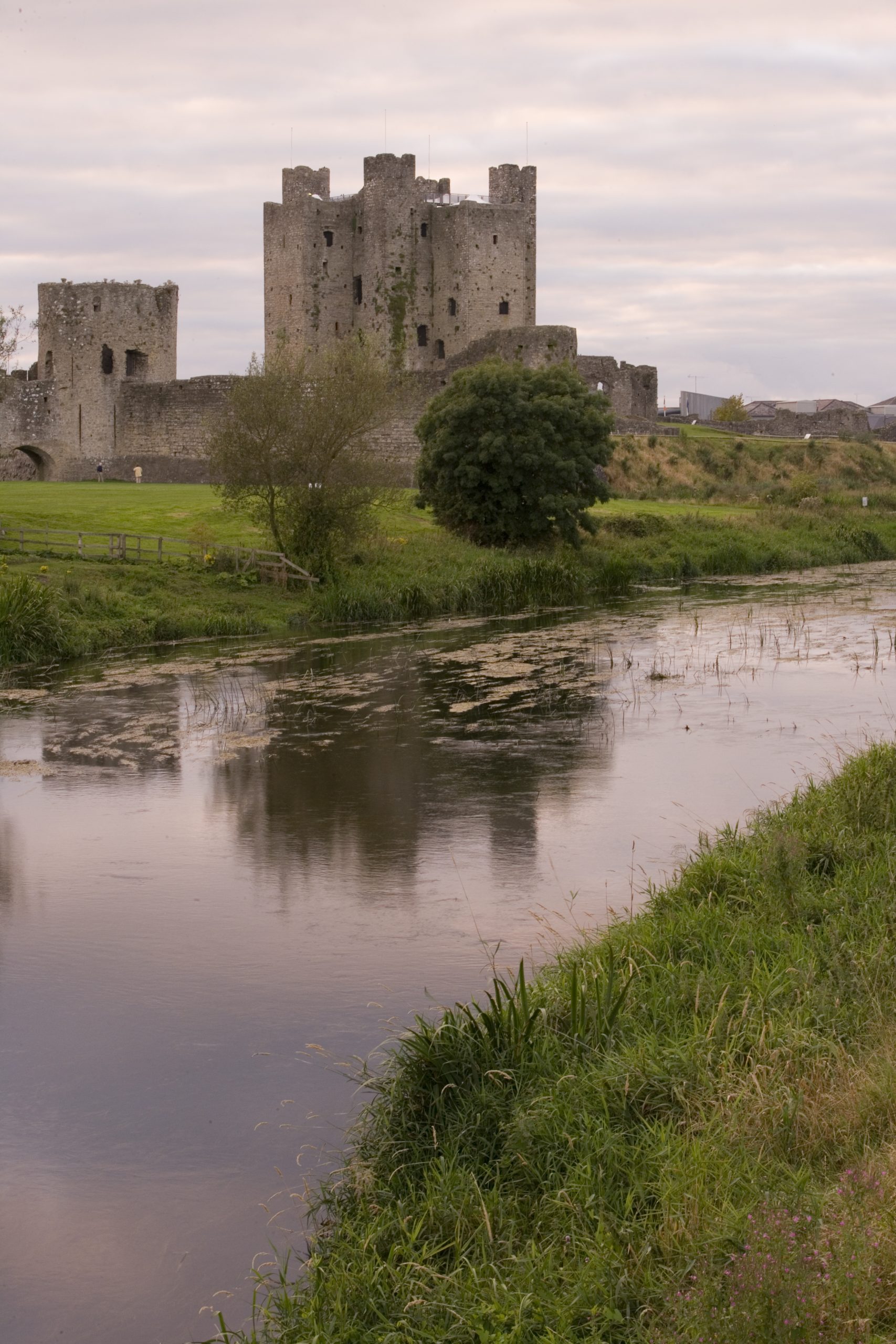
Multyfarnham
This pretty village has a fine Franciscan abbey still in use as the parish church – Look for the Way of the Cross in the abbey garden with outsize figures, modelled on local parishioners, then call at Weirs in the high street for an excellent pub lunch or dinner.
Belvedere
on the eastern shore of Loch Ennell, an elegant early I8th century villa built by the “wicked Earl of Belvedere” – he locked up his young wife for 30 years for supposed adultery with his brother and built the vast battlemented folly known as the Jealous wall to blot out the sight of another brother’ house. There is a visitor centre and café hidden behind it, and there are walled gardens and beautiful walks along the shore.
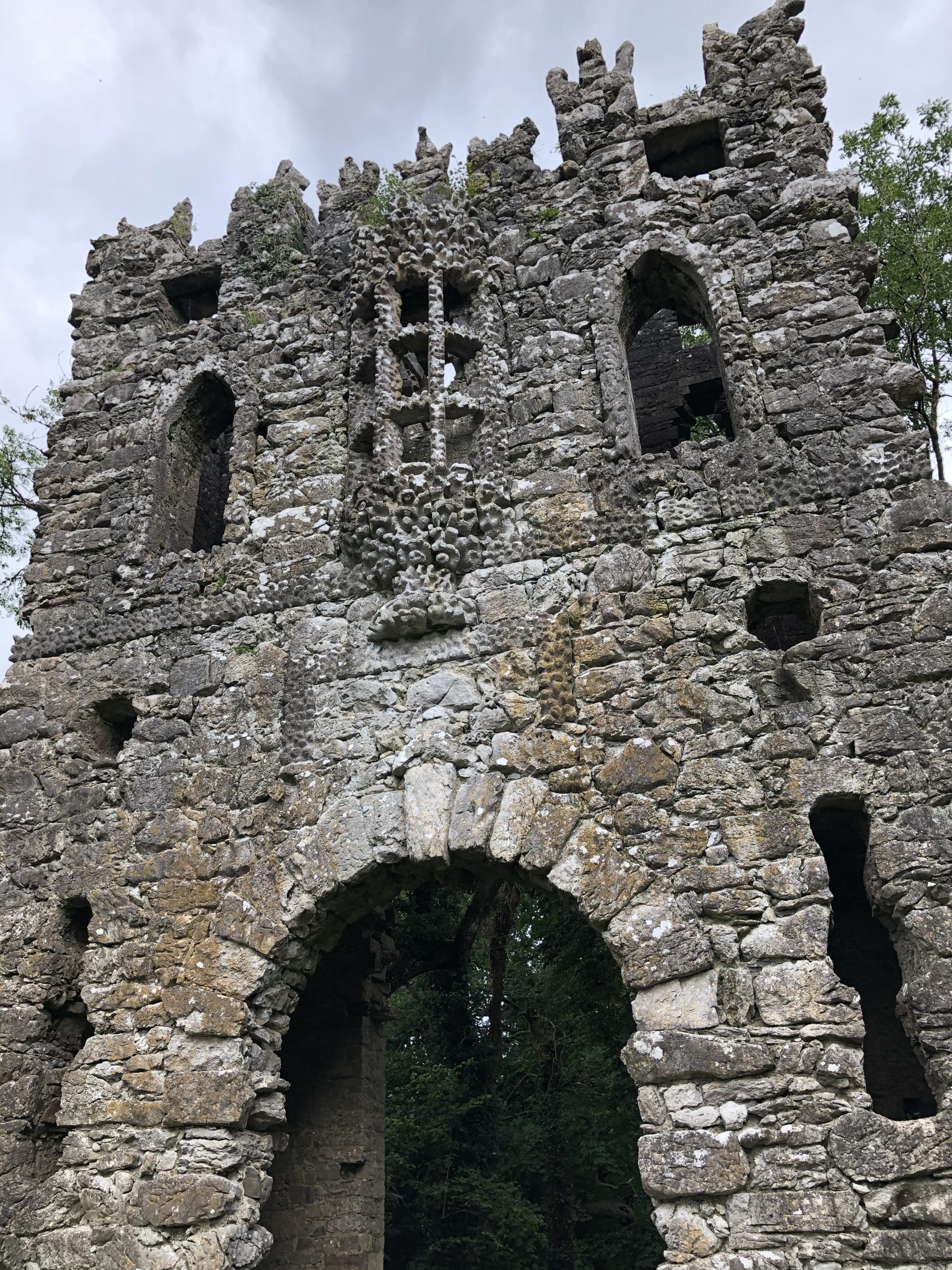
Kilbeggan Distillery
said to be the oldest distillery in Ireland. Learn the secrets of making whiskey, “ the Water of Life”. and enjoy a delicious whiskey-laced cake in their restaurant.
Hill of Uisneach
once the sacred centre of Ireland, crowned with a giant Catstone. There are guided tours at weekends in summer and a spectacular Festival of Fires every May to celebrate the return of the sun god Lugh.
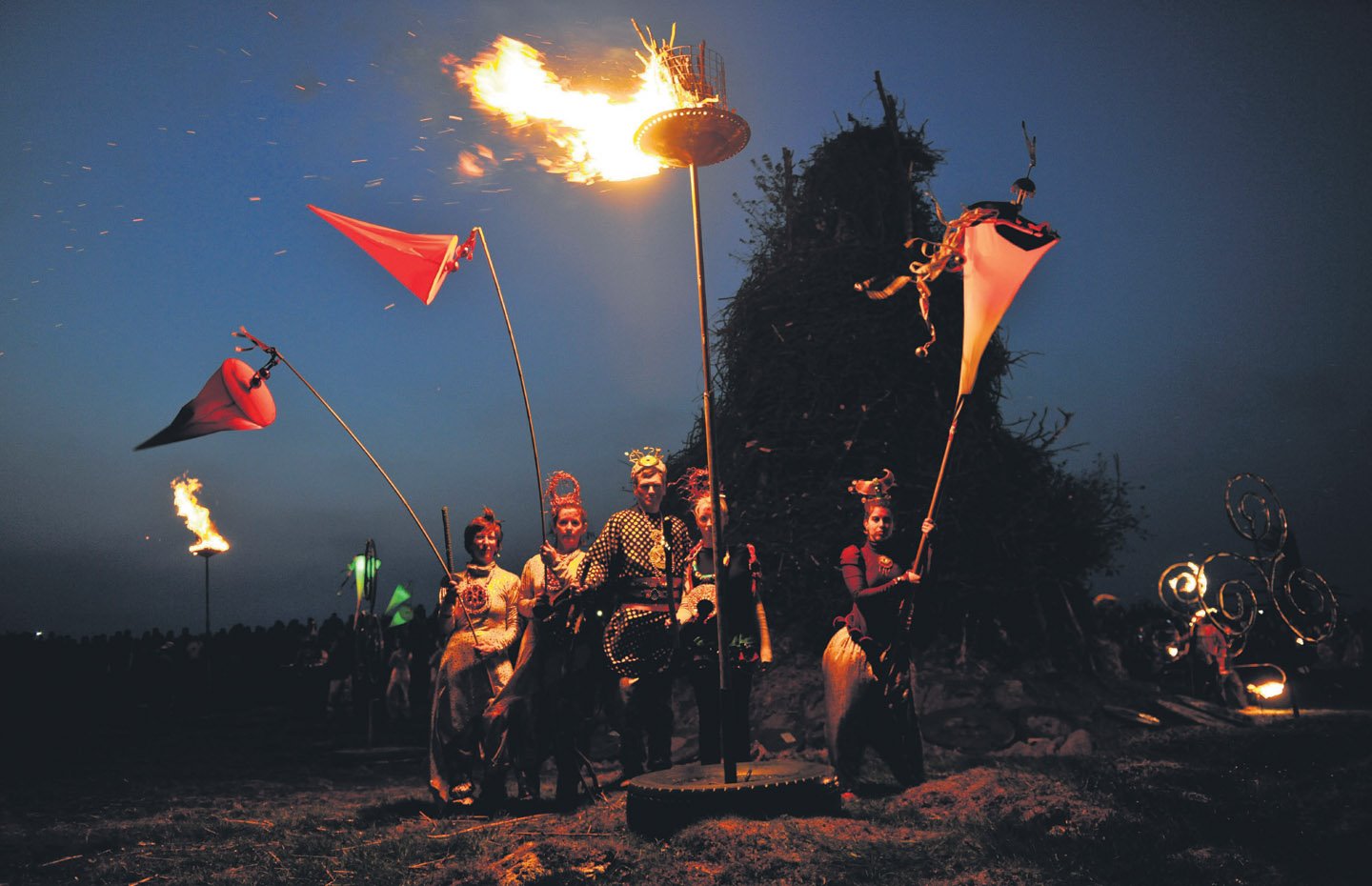
Cavan County Museum
at Ballyjamesduff has exciting exhibits from the Bronze age onwards and a stunning recreation of trench warfare during World War I – much recommended for kids.
Corlea Trackway Centre
southwest of Longford town, displays a sample of the ancient iron age tracks made of oak planks that once crossed the vast peat bog, some over 2000 years old.
Edgeworthstown
once owned by the remarkable Edgeworth family. Maria Edgeworth (1768-1849) was a hugely successful novelist, Ireland’s answer to Jane Austen. Her father was a gifted inventor who designed Ireland’s first telegraph system used during the Napoleonic wars. (The Edgeworths were frequent visitors to Tullynally and he also designed a central heating system for Tullynally’s Great Hall!) Follow the Edgeworth Literary Trail or visit the Maria Edgeworth Centre to hear more about this remarkable family.
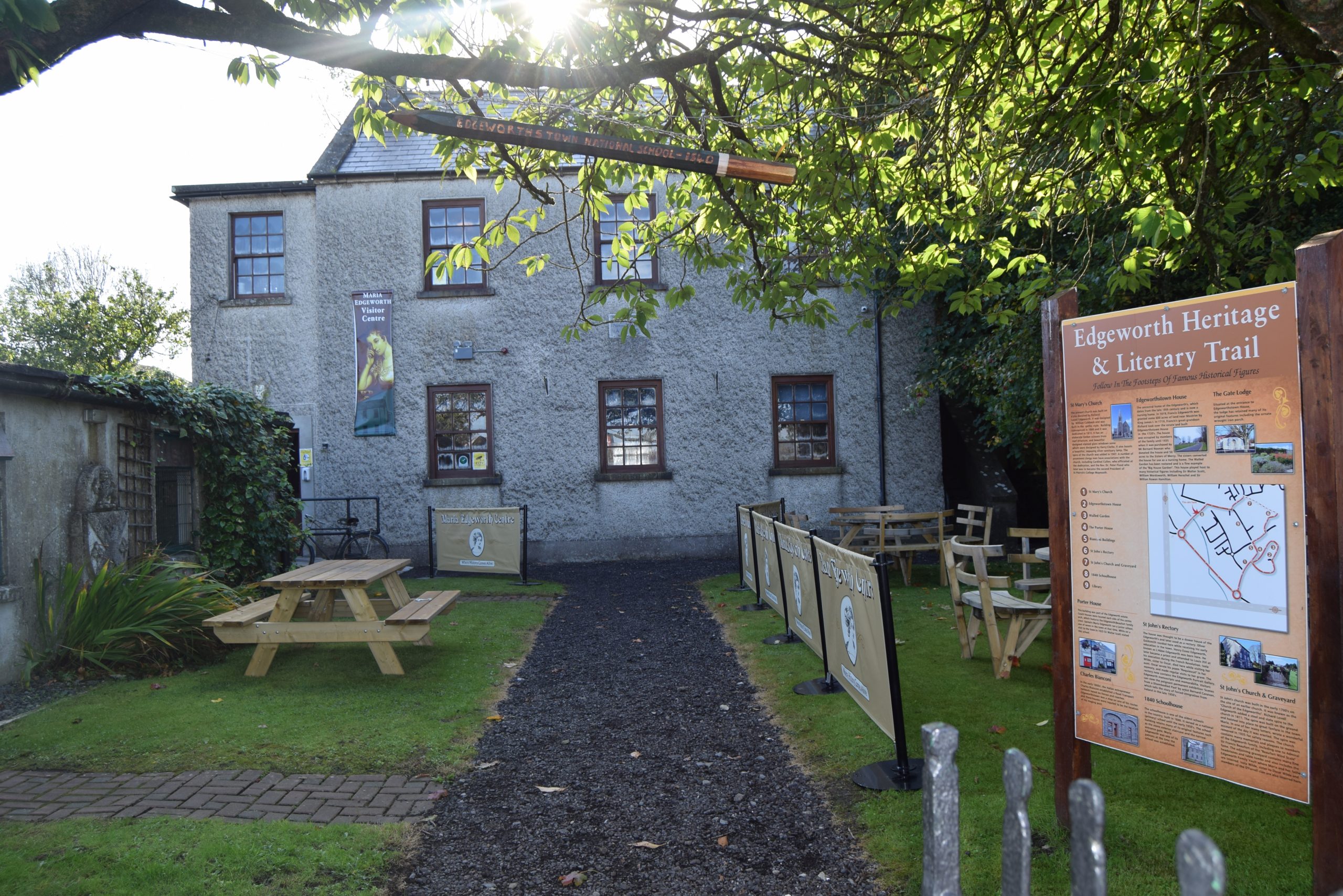
Stay up to date
For the latest news and events from Tullynally, please subscribe to our mailing list.


